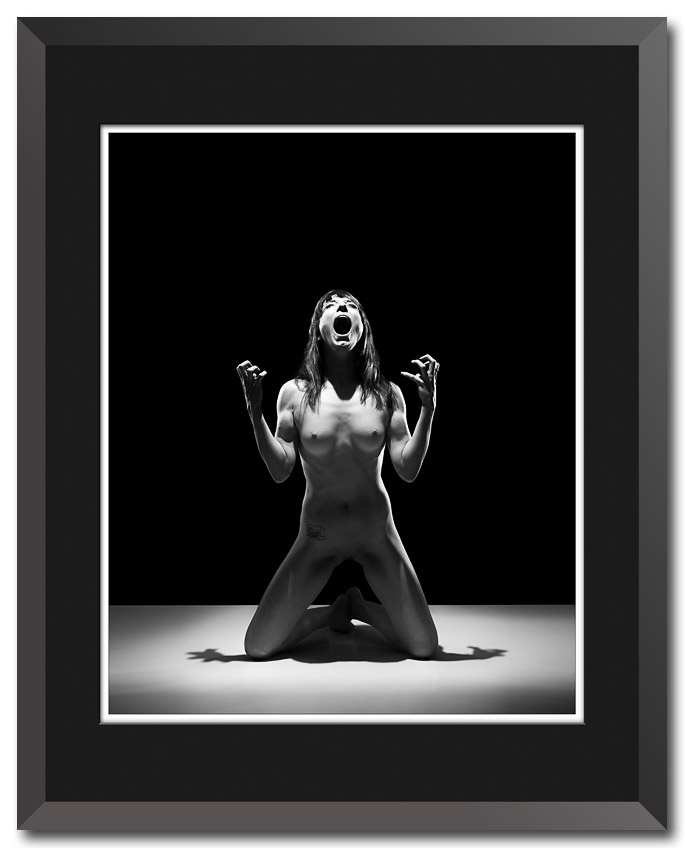I’m continuing to get more new work ready for the upcoming November show at Studios on Sheridan in Peoria, Illinois. I’m always drawn to ways to create an abstract image out of something real.
I’m continuing to get more new work ready for the upcoming November show at Studios on Sheridan in Peoria, Illinois. I’m always drawn to ways to create an abstract image out of something real.
I love rich colors in my fine art landscape photographs and this one hits all of my hot buttons. I’m especially drawn to the color contrast of warm reds and oranges against the cool blue tones in the sky, and this scene adds the dark greens of the goldenrod in the foreground.
Currently I have work at shows in Chicago and Oregon, but it’s always exciting to prepare new work. I’m currently working on prints for an upcoming show at Studios on Sheridan in Peoria, Illinois. This will be a small group show also featuring work by Jamie Shirley, Don Rosser and Cyndi Merrill.
I’m in the process of putting together a couple of presentations about using perspective in photography, both for my class at Illinois Central College and also for presentation to the Peoria Camera Club.
There are four basic photographic controls; exposure, focus, color and perspective. Perspective is the primary and most powerful tool for creating your composition, and it’s the only one that doesn’t have an “auto” mode on your camera. It includes where you place the camera and what focal length lens you choose. Should you get close with a wide angle lens, or stand back and use a telephoto? How do you want the foreground to relate to the background? Perspective also involves decisions about framing the scene in the camera, and cropping the image in post processing.
Simply changing perspective can move a photo from ho-hum to dynamic. Unlike other photographic controls that the camera can manage, the perspective you choose is all up to you.
 Fine art photography is always about “pretty pictures.” Sometimes it’s intended to make you wonder about the image and its story.
Fine art photography is always about “pretty pictures.” Sometimes it’s intended to make you wonder about the image and its story.